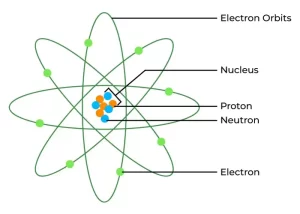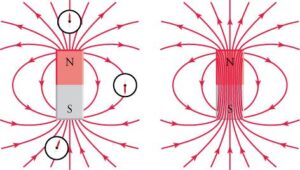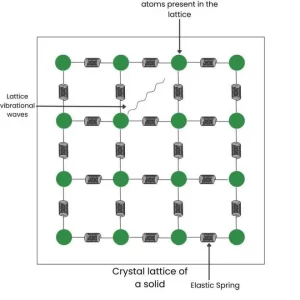Semiconductors are the backbone of modern electronics, playing a crucial role in powering the devices we use daily. These materials, with unique electrical properties, form the foundation for transistors, integrated circuits, and a plethora of electronic components. This article delves into the world of semiconductors, examining their properties, types, and applications.
What are Semiconductors?
Semiconductors are materials that have an electrical conductivity between conductors (like metals) and insulators (like rubber). The conductivity of semiconductors can be controlled and modified by various factors such as temperature, voltage, or impurities. Silicon (Si) is the most commonly used semiconductor material, followed by germanium (Ge). These materials have four valence electrons, which makes them ideal for semiconductor applications.
Intrinsic vs. Extrinsic Semiconductors:
Semiconductors can be classified into intrinsic and extrinsic types based on their purity level.
- Intrinsic Semiconductors: These are pure semiconductors with no intentional impurities. The electrical properties of intrinsic semiconductors are determined by the thermal excitation of electrons across the energy gap.
- Extrinsic Semiconductors: Extrinsic semiconductors are doped with specific impurities to enhance their conductivity. Doping introduces additional charge carriers, either electrons (n-type) or holes (p-type), influencing the semiconductor’s electrical behaviour.
Doping and Types of Semiconductors:
Doping involves adding controlled amounts of specific impurities to semiconductor crystals to modify their electrical properties. This process gives rise to two main types of semiconductors:
- N-type Semiconductors: Doping with elements like phosphorus or arsenic introduces extra electrons into the crystal lattice, creating an excess of negative charge carriers. N-type semiconductors have an abundance of electrons and conduct electricity through the movement of these electrons.
- P-type Semiconductors: Doping with elements like boron or aluminium creates “holes” or spaces in the crystal lattice, leading to an excess of positive charge carriers. P-type semiconductors conduct electricity through the movement of these holes.
Semiconductor Devices:
Semiconductors form the basis for a wide array of electronic devices, with two fundamental components being transistors and diodes.
- Transistors: Transistors are semiconductor devices that amplify or switch electronic signals. They consist of three layers – emitter, base, and collector – and can be either NPN or PNP type, depending on the arrangement of the semiconductor layers.
- Diodes: Diodes allow the flow of current in one direction only. They consist of a P-N junction and find applications in rectifiers, oscillators, and amplifiers.
- Integrated Circuits (ICs): Integrated circuits revolutionised the electronics industry by packing multiple electronic components onto a single chip. These ICs can contain millions or even billions of transistors, allowing for the creation of complex electronic systems in a small, efficient package.
Applications of Semiconductors:
Semiconductors are ubiquitous in modern technology, powering a vast range of devices and applications. Some key areas include:
- Electronics: From smartphones to computers, semiconductors are essential for modern electronic devices.
- Communication: Semiconductors are critical in communication systems, including satellites, radios, and telecommunications.
- Power Electronics: Inverters, rectifiers, and power amplifiers utilise semiconductors to control and convert electrical power efficiently.
- Healthcare: Semiconductor devices are used in medical imaging, diagnostic equipment, and electronic health records.
Conclusion:
Semiconductors have become an integral part of our daily lives, driving technological advancements across various industries. Understanding their properties, types, and applications provides insight into the heart of modern electronics. As technology continues to evolve, the role of semiconductors will undoubtedly remain central to innovation and progress.




